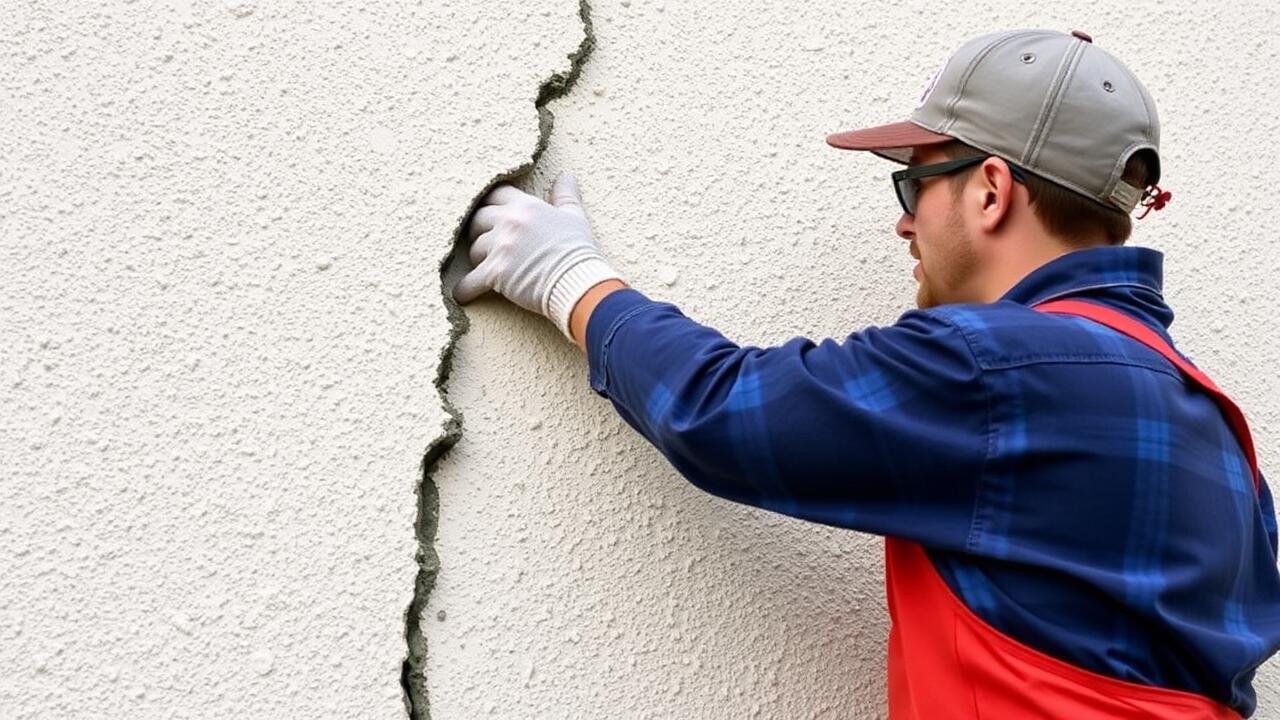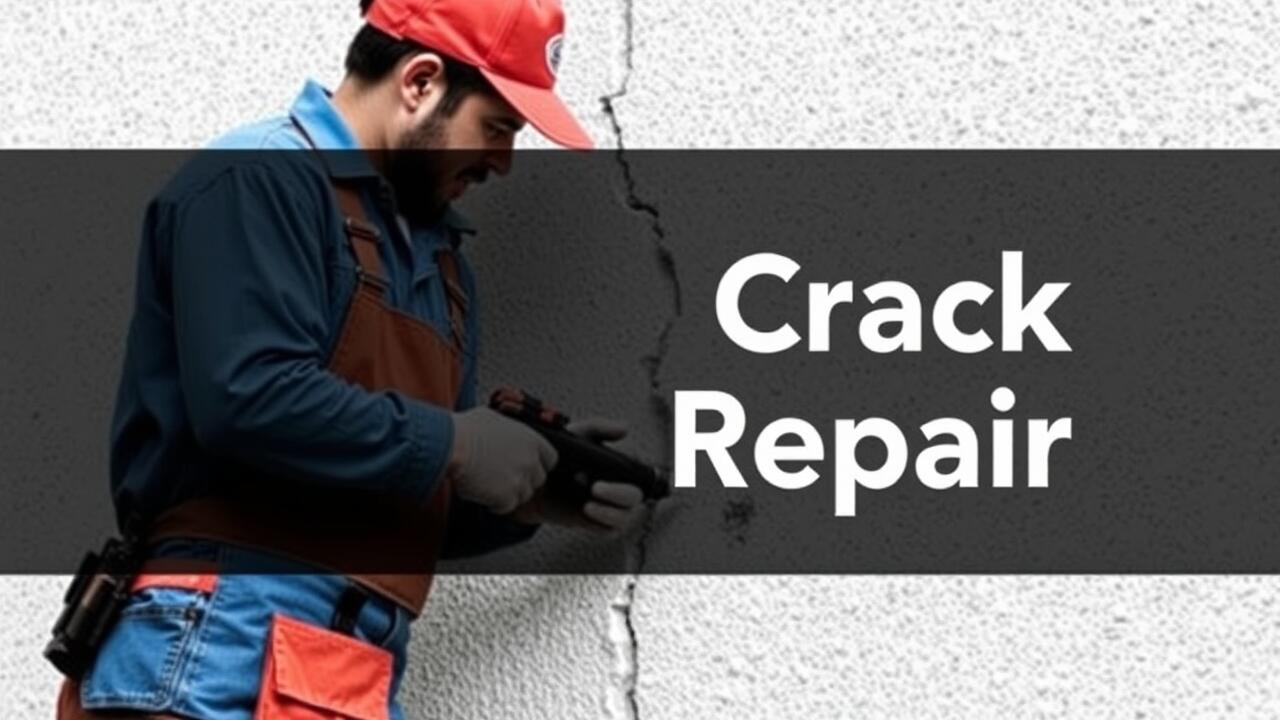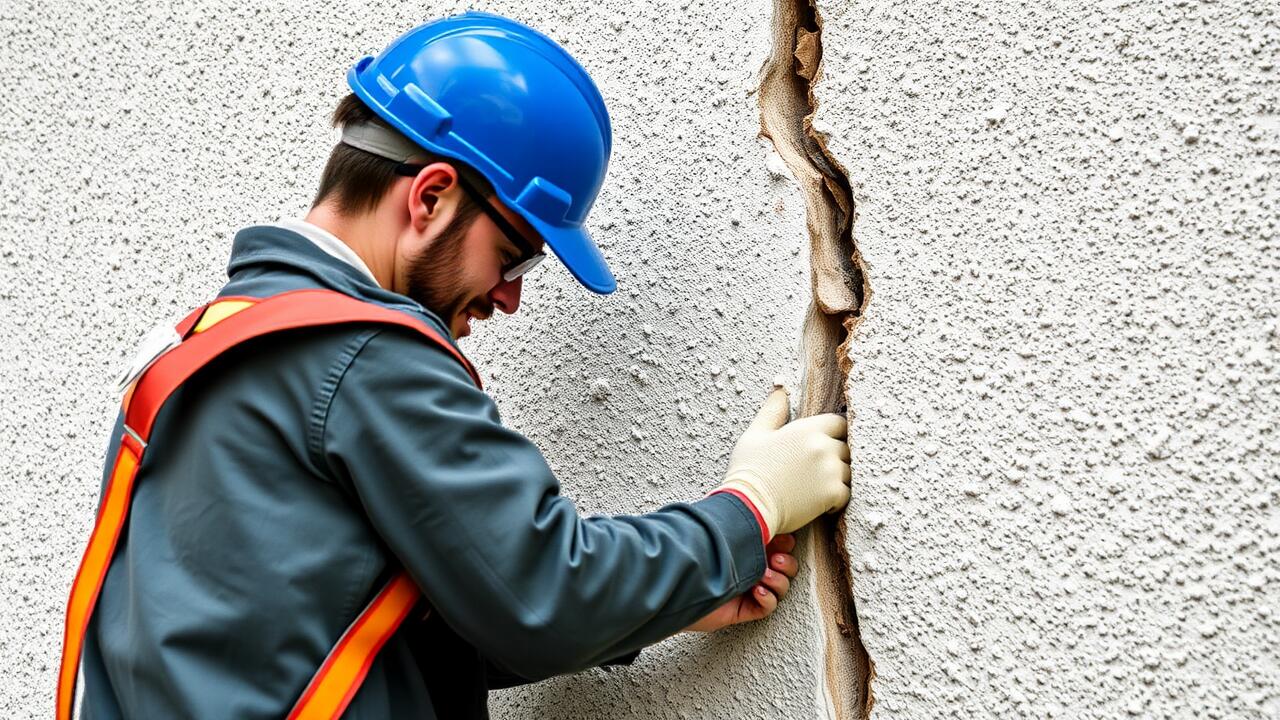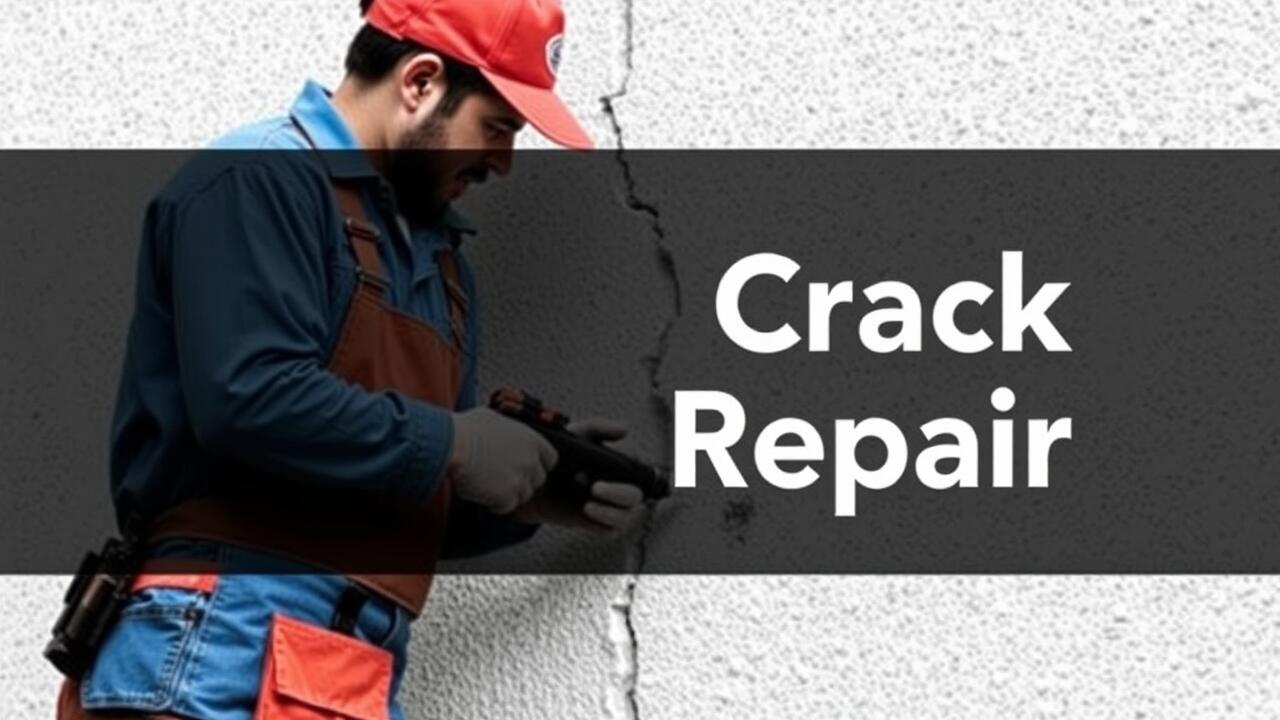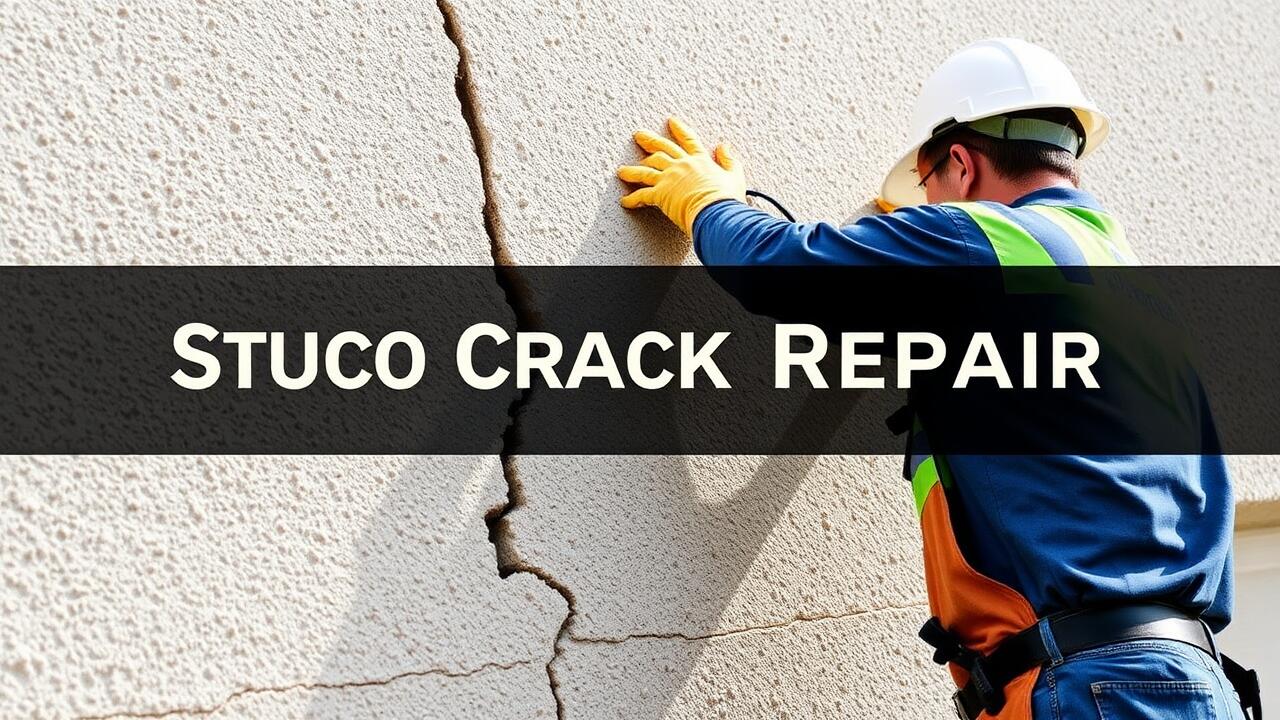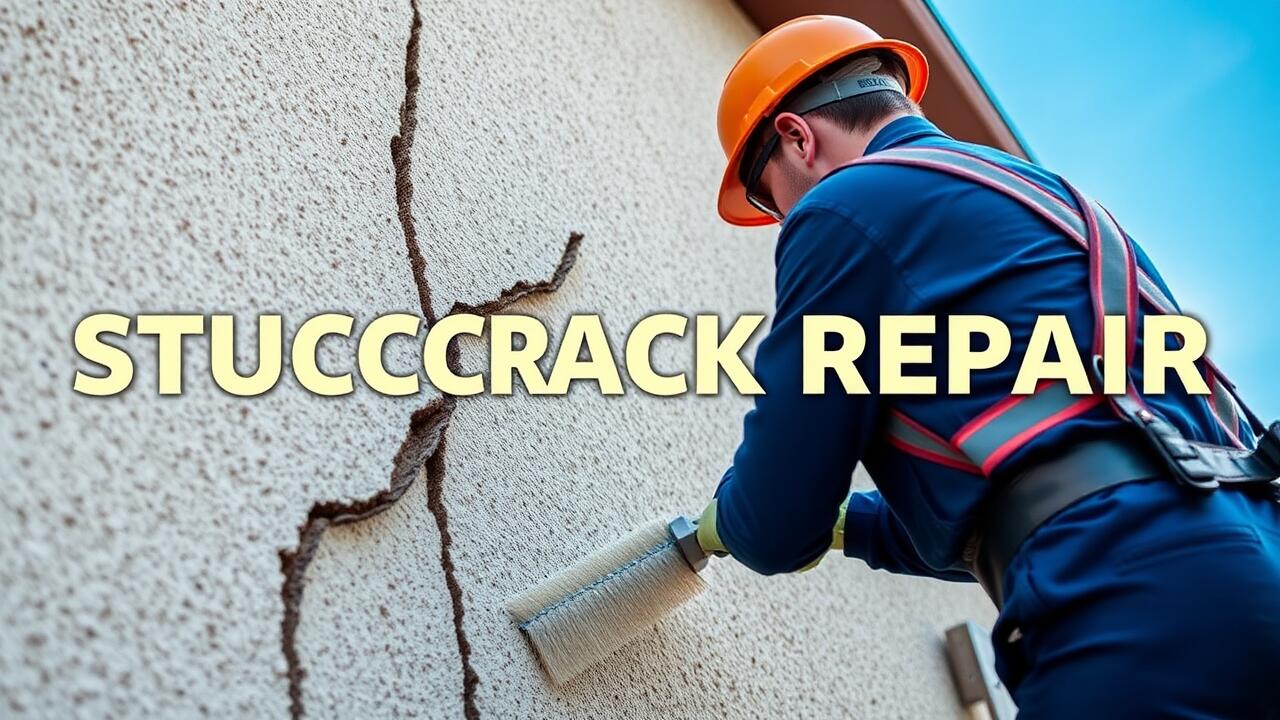
Selecting the Right Materials
Choosing the right materials is essential when installing stucco to ensure its longevity and structural integrity. High-quality cement, aggregates, and additives contribute significantly to the mixture's performance. Local environmental factors should also be considered, as specific climates may require different formulations. Poor quality materials can lead to weak structures, increasing the risk of cracks and other issues.
In regions like Los Feliz, Los Angeles, it becomes even more critical to prioritize proper material selection. Homeowners should consult with professionals specialized in Los Feliz, Los Angeles Stucco Crack Repair to ensure they use products tailored to local conditions. This proactive approach not only improves the stucco's durability but also minimizes the likelihood of costly repairs in the future.
Impact of Quality on Durability
The quality of materials used in stucco application has a direct impact on the longevity and durability of the finished product. When inferior materials are selected, the risk of cracks and other structural issues increases significantly. High-quality stucco mixes contain the right proportions of cement, sand, and additives, which enhance their resistance to moisture and temperature fluctuations. In contrast, lower-grade mixes can lead to a weaker structure that is susceptible to environmental stress, ultimately resulting in costly repairs.
In areas like Los Feliz, Los Angeles, where the climate can be particularly harsh, the importance of quality cannot be overstated. Homeowners may find themselves needing Los Feliz, Los Angeles Stucco Crack Repair sooner than expected if they opt for subpar materials. Properly sourced and installed stucco, however, offers a robust shield against the elements, reducing maintenance needs and prolonging the lifespan of the exterior. Ensuring high-quality material selections reflects in both aesthetic appeal and overall durability.
Best Practices for Stucco Application
Achieving a successful stucco application requires careful attention to detail and adherence to best practices. Proper surface preparation is critical to ensure that the stucco adheres well to the substrate. This involves cleaning the surface to remove any debris, dust, or grease. In addition, installing a moisture barrier can prevent moisture accumulation that leads to cracks over time. Selecting high-quality stucco mix can also greatly influence the final result, as superior materials are less prone to shrinkage and cracking.
When applying stucco, timing and environmental conditions play significant roles. It is essential to work in suitable temperatures, avoiding extreme heat or cold that could compromise the curing process. Also, applying stucco in manageable sections allows for better control and smooth finishes. For those in need of expert assistance, consulting with professionals experienced in Los Feliz, Los Angeles stucco crack repair can provide valuable insights into ensuring a durable application.
Techniques to Ensure Longevity
Proper techniques during stucco application can significantly enhance the longevity of the surface. One fundamental method is to ensure a thorough surface preparation. Cleaning the wall and applying a bonding agent can help the stucco adhere better, reducing the likelihood of cracks over time. Additionally, using the right mixture of sand, lime, and cement creates a more durable finish, capable of withstanding environmental stressors.
Incorporating expansion joints also plays a crucial role in preventing cracks. These joints allow for natural movement in the building materials without compromising the integrity of the stucco. Homeowners may find that seeking professional help from specialists in Los Feliz, Los Angeles stucco crack repair ensures these techniques are implemented correctly, further safeguarding their investments against potential damage. Proper curing after application is another vital step, as it allows the stucco to bond effectively while minimizing shrinkage.
Identifying Signs of Poor Installation
One prominent indicator of poor installation is the appearance of visible cracks on the surface. These cracks can emerge shortly after the stucco has been applied, signaling that the material did not bond properly to the underlying structure. Monitoring these fissures is vital, as they often worsen over time due to environmental factors. Homeowners should take immediate action upon discovering such issues, as they can lead to more extensive damage if left unaddressed.
Another sign of sloppy workmanship is the presence of uneven surfaces or inconsistent texture across the stucco application. This lack of uniformity not only detracts from the aesthetic appeal but can also compromise the overall durability of the installation. In areas like Los Feliz, Los Angeles, where climate conditions can vary significantly, it's essential to ensure that the installation meets quality standards. Seeking expert assistance for issues like Los Feliz, Los Angeles stucco crack repair can help prevent further deterioration and restore the integrity of the exterior.
Early Detection of Problems
Early detection of problems in stucco installations can save homeowners from costly repairs down the line. Signs of issues may include visible cracks, peeling, or discoloration. These symptoms often suggest that the stucco was not applied correctly or that the underlying structure is compromised. Addressing these issues promptly can prevent further damage and extend the life of the exterior.
For residents in areas like Los Feliz, Los Angeles, it is essential to monitor stucco surfaces regularly. Homeowners should consider professional assessments, especially if they notice significant flaws. Engaging experts in Los Feliz, Los Angeles stucco crack repair helps ensure that any existing damage is evaluated and treated effectively, maintaining both aesthetics and structural integrity.
FAQS
What are the common causes of stucco cracks?
Common causes of stucco cracks include poor installation, inadequate surface preparation, improper mixing of materials, and environmental factors such as temperature fluctuations and moisture levels.
How can I identify poor installation of stucco?
Signs of poor installation may include visible cracks, uneven surfaces, peeling, or bubbling in the stucco, as well as water stains or moisture accumulation around the exterior.
What are some best practices for stucco application?
Best practices for stucco application include selecting high-quality materials, ensuring proper mixing, applying in suitable weather conditions, and following manufacturer guidelines for application techniques.
Can I repair stucco cracks myself, or should I hire a professional?
Minor cracks can often be repaired by homeowners using appropriate patching materials; however, for larger cracks or signs of more serious issues, it is advisable to hire a professional to ensure proper repair and prevent future problems.
How often should I inspect my stucco for signs of damage?
It is recommended to inspect your stucco at least once a year, as well as after major weather events, to catch any signs of damage early and address them before they worsen.
